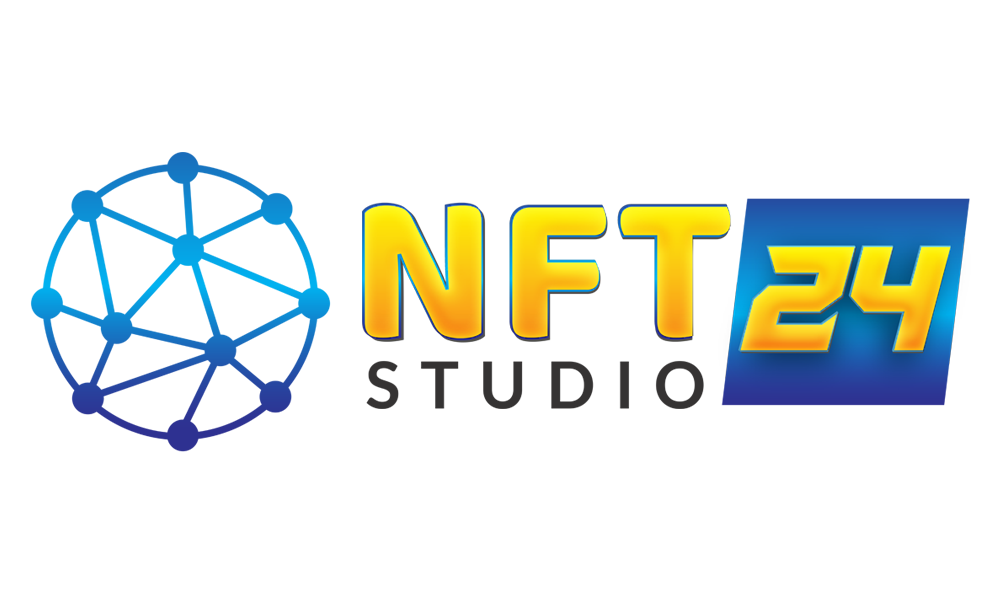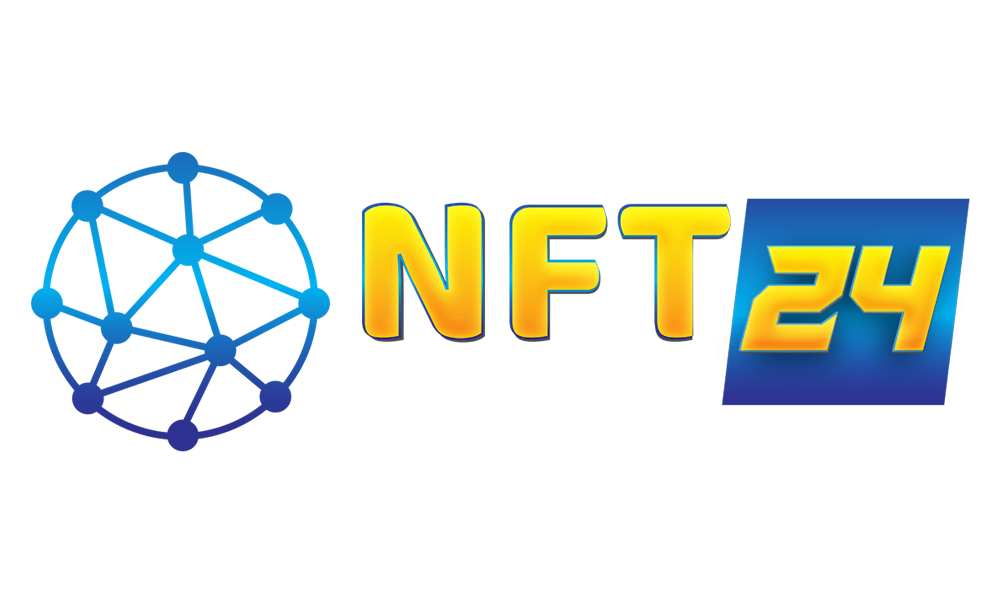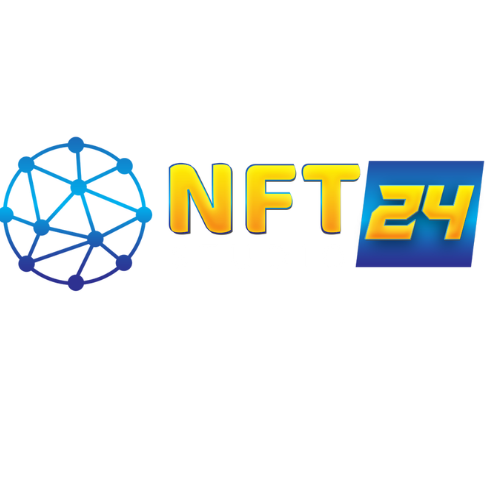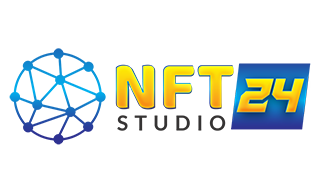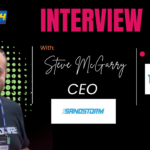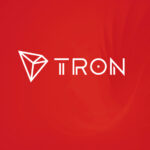NFTStudio24 interview with Mike A. Sorrenti, the CEO of Gamepill, is an interesting dive into the Web3 gaming world, career-building, and what metaverse games are going to look like in the next decade.
The gaming world has always been a pro-technology adopter compared to other industries. The global community of gamers and developers is always interested in bringing innovation to the gaming experience, and this has drawn many people toward Web3.
Gamepill is a Toronto-based game-making studio comprising a team of experienced creators and builders. The company is led by Mike who has an extensive background of 20 years in gaming and technology. He has worked on well-known projects for Nickelodeon, Disney, Google, Mattel, and others.
In this interview, Mike explains Web3 technology and how it is being adopted in the space, especially in the gaming industry. Here’s the complete interview:
Entering the Web3 journey
Like many others, Mike was also once a traditional gamer who had his “why not?” moment that led him to join the Web3 space. For Mike, this was an exciting aspect of joining a new industry, of which had no prior knowledge. He took out time to explore this new technology and see what it had hidden for the gamers and larger ecosystems.
According to him, blockchain technology is relatively new, and almost every builder is experimenting with it in their own way. Mike was also drawn toward this industry because it had a “startup” feel when it comes to game development.
Although Gamepill started as a traditional game creator studio, the team is doing work on both Web2 and Web3. Mike is of the opinion that blockchain technology is much more exciting because there’s a need for willingness to take risks for rewards.
Global opportunities in Web3
When asked about career-building in Web3, Mike believes there are more career opportunities in gaming compared to other sectors. He shared there’s a huge job market as various positions are open for professionals in this sector.
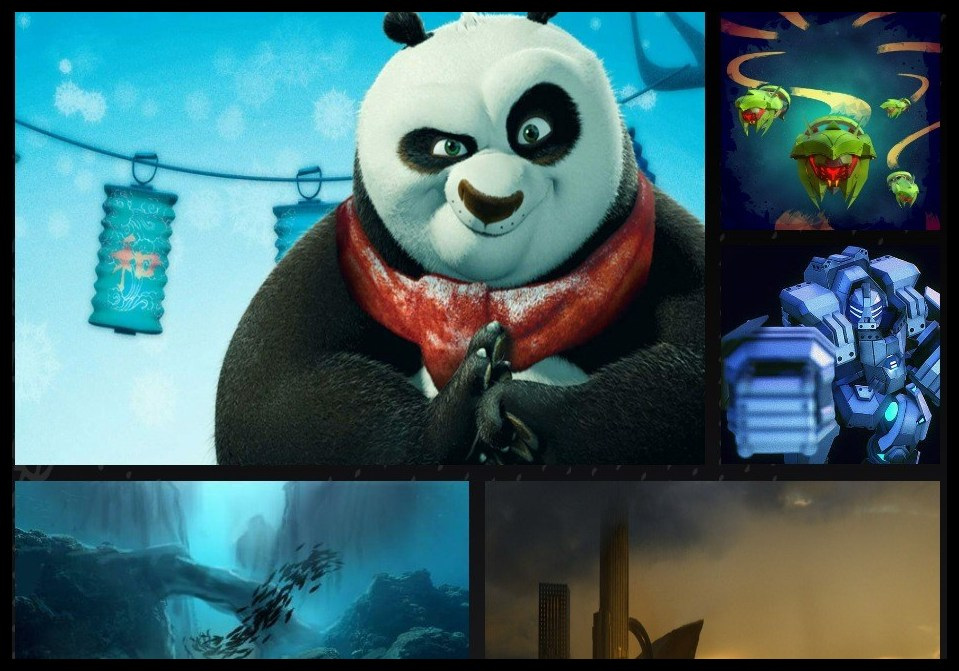
On the other hand, Mike also thinks it doesn’t matter if you work in Web2 or Web3 because both will eventually merge into one in the coming years.
“The difference will only be how you interact with items in the game,” he said.
Seeing the emerging world of Web3, a lot of people have been interested in joining the industry even though they have no experience or knowledge about it.
When it comes to learning about blockchain and designing games, Mike says there are millions of tutorials and free content available for anyone who is genuinely interested in joining the space and building something.
“When it comes to gaming, in general, Unity and Unreal are two very popular tools that allow anyone to create a game of relatively good quality by giving time and dedication,” he shared.
Gamepill also offers designing tools to builders. These are simplified equipment that helps any creator who is new to game creation to build, and it’s completely free. “There’s a lot of different things that game developers and hobbyists could use to create whatever they want to,” Mike said.
Blockchain Game Alliance partnership
Gamepill is a member of BGA, an organization dedicated to promoting blockchain technology to the traditional gaming industry by gathering professional individuals and companies in a community.
Mike says BGA helped his company meet new people and learn about Web3 quickly when they first got into the industry.
As mentioned above, his company was highly focused on creating traditional games but when his team got a blockchain-based gaming project he realized this industry was so big with many opportunities for studios like Gamepill.
BGA led them toward this market through its progressive community.
Mike’s message to fellow developers
Mike shares an encouraging message to young learners, developers, builders, and aspiring artists.
“Get started now. Don’t be afraid, and start building. A lot of people are afraid that what they create can’t compete. I would say if you have an idea and you want to try it out, just try it out. It may not go anywhere, it may be your first project; many of my first projects were pretty horrible but through trial and error as well as meeting a lot of interesting people who helped me in my journey. Now, I’m able to create pretty impressive products, so just get started.”
Rapid Fire questions
The interview wrapped up with a rapid-fire question session with Mike.
Q. What will the metaverse look like in the year 2050?
A. I think metaverse is a tricky word. I think that interoperability will exist within a few products in the future. We’ll get closer to the Ready Player One experience.
Q. Do you think Web3 will be massively adopted in the next five years?
A. I think that where central banks go, everything else goes. The central banks are experimenting with digital currency so I do think that there should be the adoption of crypto or crypto-like products. But like I said before, no one’s going to be calling it Web2 or Web3.
Q. Do you think the utility of NFT will change in the next decade?
A. Yea, I think it’s already changing day to day. I think it’s only limited by our imagination, so NFTs in technology, in general, could be used in a lot of different places.
Socials
Website: gamepill.com
Twitter: @GamePill
